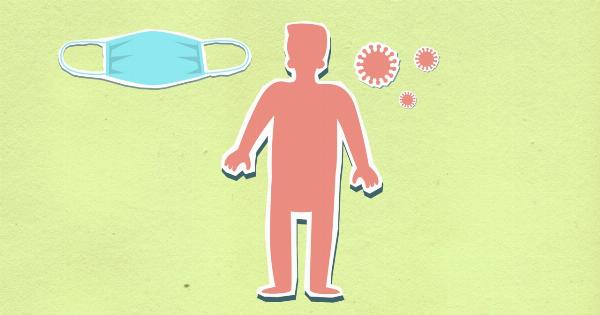As the seasons change, so does the risk of respiratory infections. Respiratory infections are common, and they can range from mild to severe. The season can have an impact on the frequency and severity of these infections.
In this article, we’ll explore the impact of seasonal changes on respiratory infections.
Winter
Winter is a time when respiratory infections are most prevalent. During this season, people spend more time indoors, which can increase the risk of exposure to respiratory viruses.
Additionally, the cold and dry winter air can irritate the respiratory tract, making it more susceptible to infection.
One of the most common respiratory infections during the winter is the flu. The flu is a highly contagious viral infection that affects the nose, throat, and lungs.
According to the Centers for Disease Control and Prevention (CDC), flu season typically begins in the fall and peaks in the winter months.
In addition to the flu, other respiratory infections such as the common cold, bronchitis, and pneumonia are also more prevalent during the winter months.
Spring
As winter transitions into spring, the risk of respiratory infections begins to decrease. However, the changing weather conditions can still impact the respiratory system.
The spring season is known for its fluctuating temperatures, which can cause respiratory irritation and increase the risk of infection.
One common respiratory infection during the spring is seasonal allergies. Allergies are caused by an overreaction of the immune system to allergens such as pollen, dust, and pet dander.
Allergies can cause symptoms such as sneezing, runny nose, and itchy eyes, which can increase the risk of respiratory infections.
Summer
During the summer months, respiratory infections are less common. The warm and humid air can actually be beneficial for the respiratory system, as it can help to alleviate respiratory irritation and prevent infections.
However, there are still respiratory infections that can occur during the summer. One example is the common cold, which can be spread through air conditioning systems.
Additionally, asthma and other respiratory conditions may worsen during the summer due to increased pollen levels.
Fall
In the fall, the risk of respiratory infections begins to increase again. The changing weather conditions can cause respiratory irritation, and people may start spending more time indoors, increasing the risk of exposure to respiratory viruses.
One common respiratory infection during the fall is the respiratory syncytial virus (RSV). RSV is a viral infection that can cause lower respiratory tract infections, such as pneumonia and bronchiolitis.
RSV is highly contagious and is more common in young children and older adults.
Prevention and Treatment
While the risk of respiratory infections varies with the seasons, there are steps that you can take to prevent infections and reduce your risk of complications. These include:.
- Washing your hands frequently
- Avoiding close contact with people who are sick
- Covering your mouth and nose when coughing or sneezing
- Avoiding touching your face
- Getting vaccinated (such as for the flu)
If you do get a respiratory infection, it’s important to rest and stay hydrated. Over-the-counter remedies such as decongestants and cough suppressants may also provide relief. In severe cases, antibiotics may be necessary.
Conclusion
The risk of respiratory infections varies with the seasons, with winter being the most common time for infections. However, respiratory infections can occur at any time of year.
Taking steps to prevent infections and seeking treatment when necessary can help to reduce the risk of complications and improve outcomes.





























